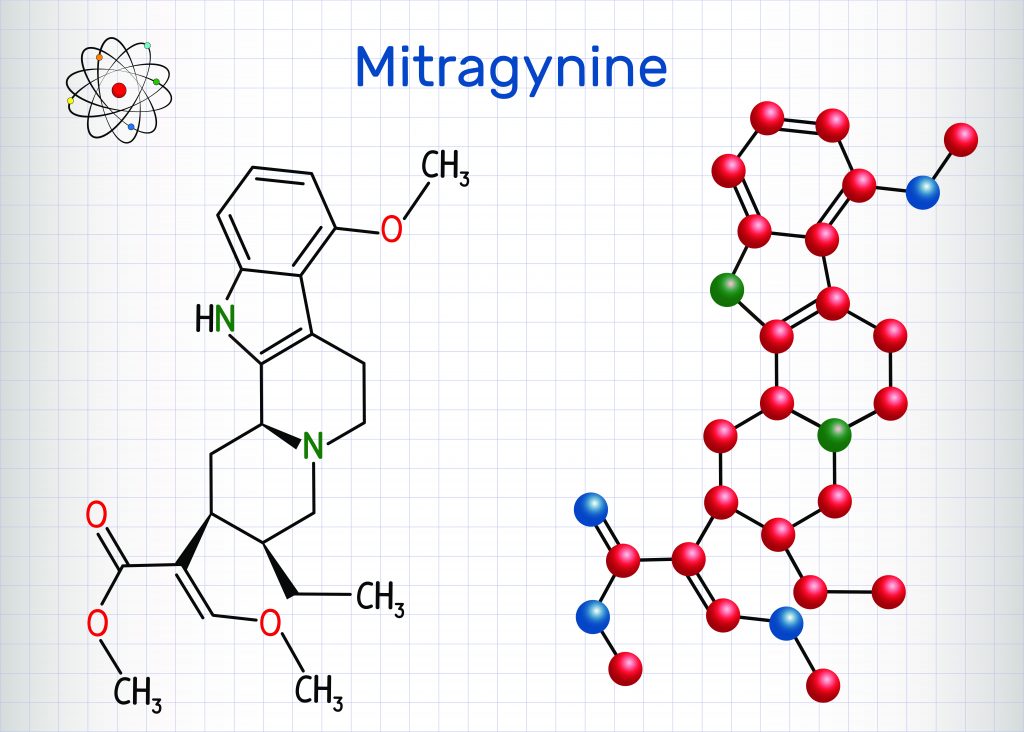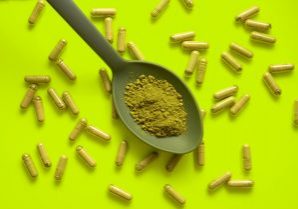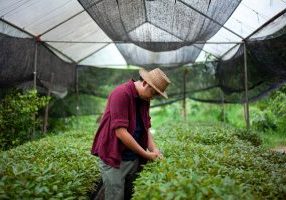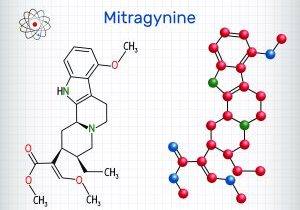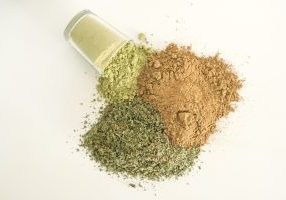As Kratom enthusiasts, we know that understanding the composition and chemistry of Kratom is essential for studying this incredible plant. But have you ever wondered why the alkaloid content of Kratom varies from batch to batch? In this blog post, we’ll explore the factors that influence the alkaloid content of Kratom in order to help you better understand this mysterious plant.
First things first, what are alkaloids? Read on to find out.
Quick Refresher — What Are Alkaloids?
First things first — alkaloid isn’t exactly a household term. What exactly is an alkaloid?
An alkaloid is an organic molecule found in plants, usually containing a ring of nitrogen atoms. About 20% of all plant species contain alkaloids.
What do plants use these compounds for? Scientists believe they may serve as a storage of reserve nitrogen (a crucial nutrient for plants). Alkaloids may also serve as a defense mechanism to help plants survive microbial diseases and attacks from predators, since they are generally toxic and repulsive.
If they are toxic and repulsive, does that mean they are bad for humans? Some of them definitely are, but many alkaloids are popular for human consumption — both for medicinal and recreational purposes. Caffeine is an alkaloid. So is the quinine found in tonic water.
What Are the Alkaloids Found in Kratom?
Most of the alkaloids in Kratom are found in trace amounts and vary widely. However, two alkaloids may play the most significant role in the reported bio-effects of Kratom:
Mitragynine
Mitragynine is the alkaloid found in Kratom in the highest concentration. For example, dried Kratom leaves can contain up to 2% mitragynine. However, healthy Kratom plants can have significantly less mitragynine.
From a biological perspective, mitragynine is known for its ability to act as a partial agonist of the µ-opioid receptor.
7-hydroxymitragynine
7-hydroxymitragynine (or 7-OH for short) is a variant of mitragynine. It is found in Kratom in much smaller concentrations, but it is also far more potent than mitragynine. As such, the 7-OH content of Kratom may significantly contribute to the reported effects.
There are many other alkaloids found in Kratom in less concentrated amounts. To learn about all of the other alkaloids found in Kratom, see our blog post ‘Understanding Kratom: Alkaloids Explained‘.
How Are Alkaloids Formed in Kratom?
Plants naturally produce alkaloids according to specific genetic processes. These gene pathways are subject to external influences, so the environment and conditions under which the plant develops can significantly affect the alkaloid content. Alkaloids tend to be created in the highest quantities when the plant is in its youth and undergoing active growth.
What Causes Kratom Plans to Have Different Alkaloids in Different Quantities?
Many factors play a role in how much of which alkaloid a particular Kratom plant will produce. Alkaloid production in plants is not well understood. Even though scientists have studied the process, the studies have not necessarily focused on mitragyna speciosa.
We can speculate on some of the effects of different conditions on the alkaloid content of Kratom from studies of different plants, but each alkaloid-producing plant is different. What causes one species to produce more alkaloids might actually inhibit alkaloid production in another species.
Here are some of the known or inferred factors that impact the alkaloid content of your Kratom:
Age of the Plant
Alkaloid production is most active in younger plants. If Kratom was harvested from a young and actively growing plant, experts believe that the alkaloid content is likely to be higher.
Moisture in the Growing Environment
The natural habitat of mitragyna speciosa is humid and rainy. A particularly dry year or a particularly wet year can significantly impact the alkaloid content of the Kratom harvested from those trees.
Generally speaking, the trees grow better in a wetter environment. However, particularly dry seasons are speculated to produce more potent Kratom with higher alkaloid concentration, the alkaloids having formed as a coping mechanism for the stress of the dry environment.
Temperature of the Growing Environment
Higher and lower growing temperatures definitely have an impact on the alkaloid content of the plant, but the effect varies from species to species. Some plants produce more alkaloids in response to heat, others produce less.
So which way does Kratom swing? It’s not well-understood. Experts have also speculated about the effect of exposure to carbon dioxide on the production of alkaloids, but this might have more to do with the fact that carbon dioxide affects the temperature of its environment than any direct impact of the CO2 on the plant.
Exposure to Sunlight
Exposure to sunlight also impacts the production of alkaloids in plants, but again some plants produce more alkaloids with lots of sun exposure, others less.
The best studies of the effect of sunlight exposure on alkaloid production showed that plants produced the most alkaloids when exposed to 12 hours of sunlight and 12 hours of darkness, but those tests were not performed on mitragyna speciosa, so the effect of sunlight on the alkaloid content of Kratom is still unknown.
Bacterial Microbiome of the Soil
Plants are highly responsive to the presence of certain bacteria in the soil. This bacteria causes the plants to grow larger, with more extensive root structures. Robust presence of this bacterial microbiome has also been observed to produce Kratom with higher concentrations of alkaloids.
Nitrogen Content of the Soil
Nitrogen is an essential nutrient for all plants. Experts believe that a plant exposed to more nitrogen in the soil and the atmosphere will produce more alkaloids. This makes sense, since alkaloids are at least partially defined by the nitrogen in their chemical composition.
Kratom farmers will try to nourish their plants with nitrogen-rich soil and fertilizer. This has the added benefit of making the plant grow more quickly and to grow larger.
Salt Content of the Soil
Significant salt content of the soil has been shown to shock plants into creating more alkaloids. However, this stress also puts negative pressure on the growth of the plant. As a result, with salty soil you may get potent Kratom, but in smaller quantities.
As a plant-based product, Kratom is understandably susceptible to the environmental conditions in which it was grown. The alkaloid content is no exception. Research on exactly how this works with Kratom is ongoing. Suffice it to say — grow your Kratom under conditions that stimulate more alkaloid production, and the result is more potent Kratom.


